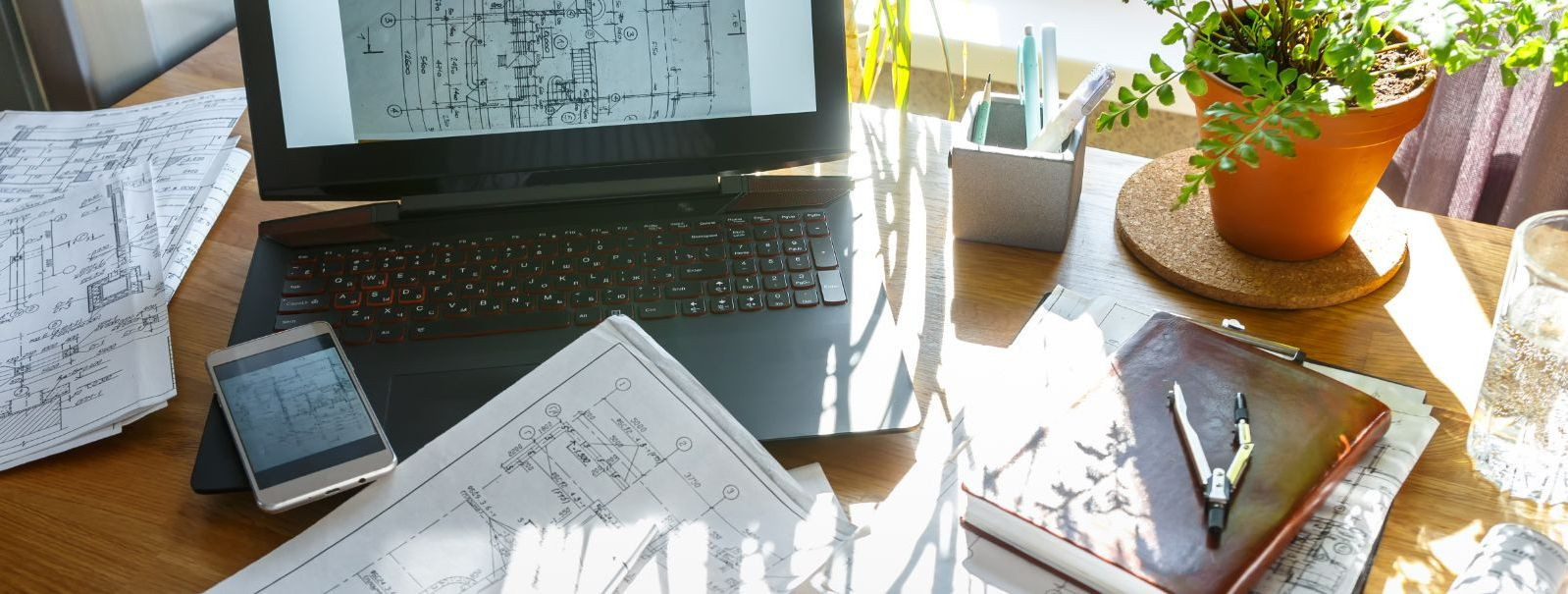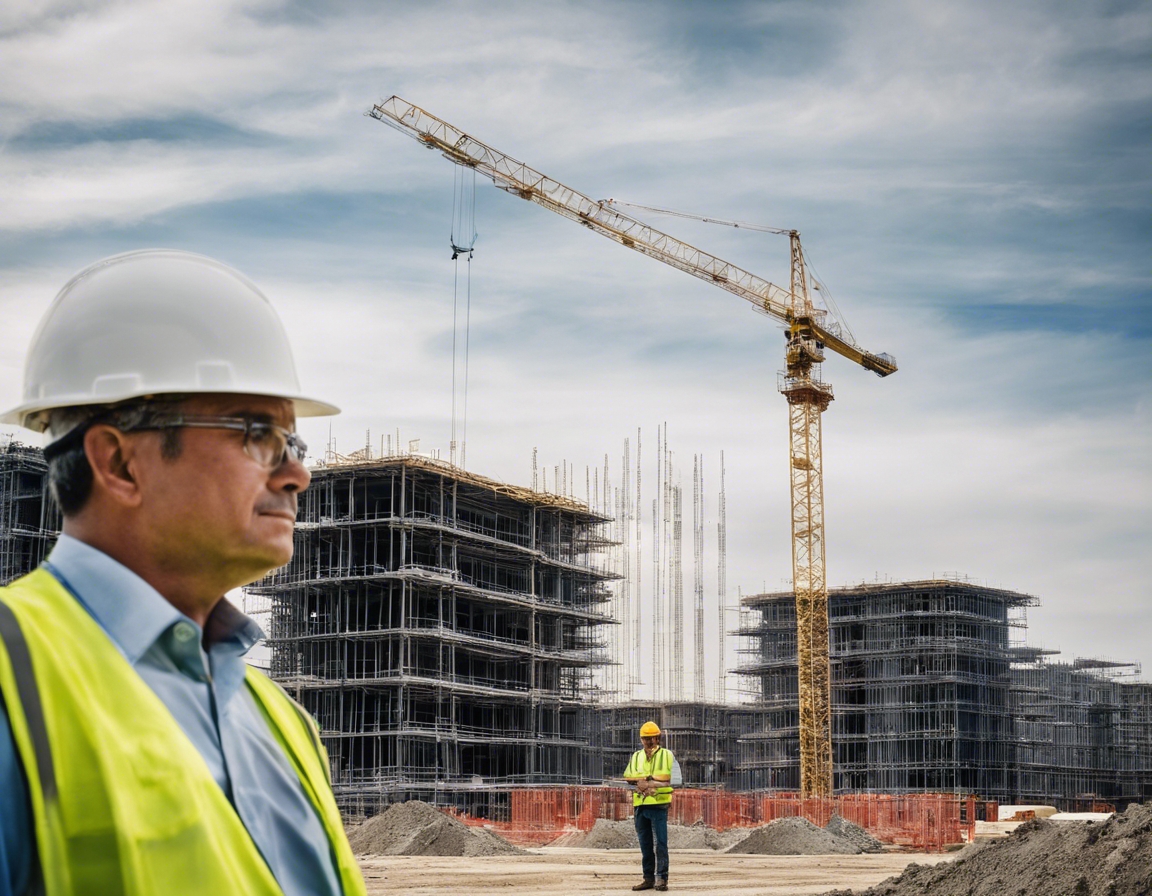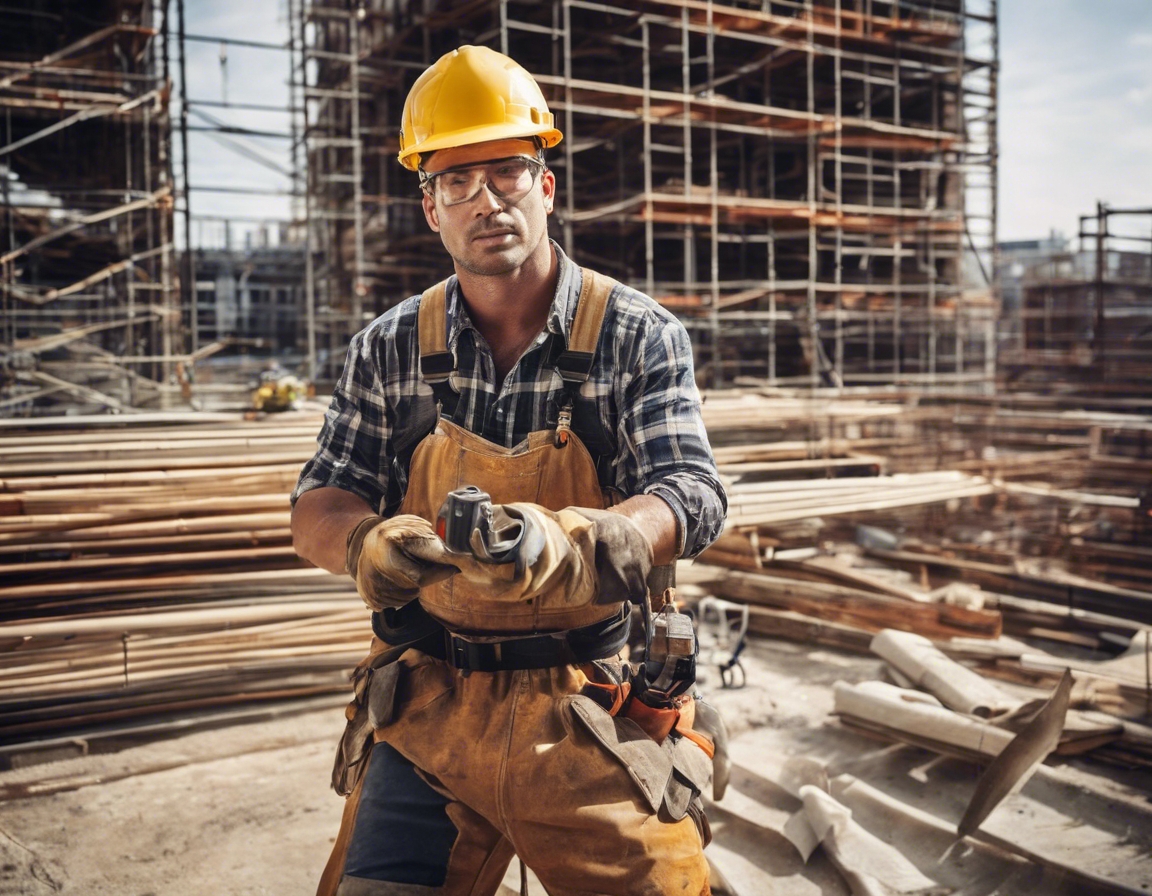Sustainable architecture: building with the environment in mind
Sustainable architecture is a design philosophy that seeks to minimize the negative environmental impact of buildings by enhancing efficiency and moderation in the use of materials, energy, and development space. The importance of sustainable architecture lies in its potential to reduce carbon footprints, conserve natural resources, and create healthier living environments.
The concept of sustainable architecture has evolved over the years, with historical precedents in vernacular architecture and the more recent green building movement. This evolution reflects a growing recognition of the need to address the environmental challenges posed by traditional building practices.
Principles of Sustainable Architecture
Energy efficiency is at the core of sustainable design, with strategies including passive solar design, energy-efficient appliances, and LED lighting.
Water conservation techniques such as low-flow fixtures, rainwater harvesting, and drought-resistant landscaping help reduce water usage.
Choosing sustainable materials involves considering the entire lifecycle of products, from extraction and manufacturing to disposal and recycling.
Waste reduction strategies in construction include recycling, reusing materials, and minimizing on-site waste generation.
Improving indoor environmental quality involves using non-toxic materials and providing ample natural light and ventilation to ensure the health and comfort of building occupants.
Design Strategies in Sustainable Architecture
Responsible site selection and land use minimize the impact on the ecosystem and promote the conservation of natural habitats.
Integrating renewable energy sources, such as solar panels and wind turbines, reduces reliance on fossil fuels and promotes energy independence.
Green roofs and living walls not only enhance building insulation but also contribute to biodiversity and stormwater management.
Biophilic design incorporates natural elements into the built environment, fostering a connection between inhabitants and nature.
Technological Innovations in Sustainable Architecture
Smart building technologies optimize building performance through automation and real-time data analytics.
Advanced building materials such as self-healing concrete and aerogels offer improved performance and sustainability.
Water reclamation systems, including greywater recycling and on-site treatment, are essential for sustainable water management.
Challenges and Opportunities in Sustainable Architecture
Navigating building codes and regulations can be a challenge for sustainable architecture, but also an opportunity to push for more progressive standards.
While sustainable buildings may have higher upfront costs, they often result in long-term savings and increased property values.
Education and awareness are crucial for the widespread adoption of sustainable architecture, as they empower stakeholders to make informed decisions.






Comments (0)